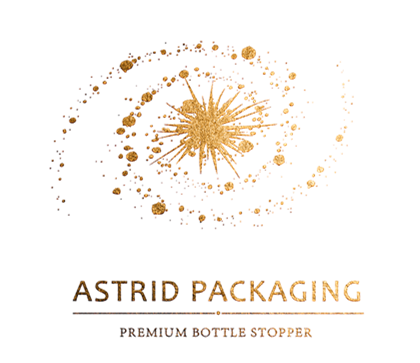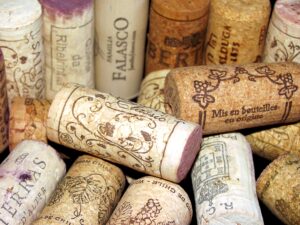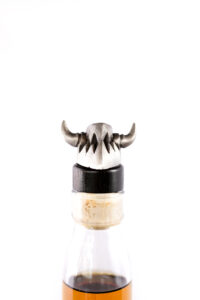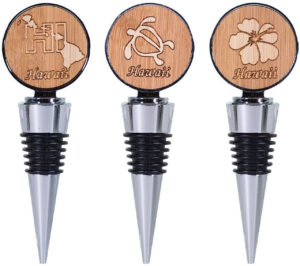When it comes to whiskey bottle stoppers, the material used can make a significant difference in the effectiveness of the stopper. Whiskey bottle stoppers are designed to create an airtight seal, preventing the whiskey from evaporating or losing its flavor. The material used can impact the tightness of the seal, how long the stopper will last, and even the taste of the whiskey itself.
There are several common materials used for whiskey bottle stoppers, each with its own set of benefits and drawbacks. By understanding the different materials available and their properties, you can choose the right whiskey bottle stopper for your needs and ensure that your whiskey stays fresh for as long as possible. In the following sections, we’ll discuss some of the most common materials used for whiskey bottle stoppers and their impact on the effectiveness of the stopper.
Wood used for whiskey bottle stoppers
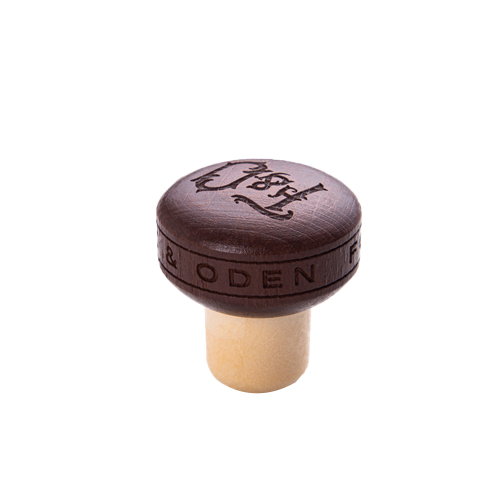
Using wood for whiskey bottle stoppers also has its own unique set of benefits, including:
Aesthetic appeal: Wood stoppers offer a warm and natural appearance that can complement the whiskey’s color and add character to the bottle. They are also available in different types of wood and finishes, allowing for a variety of visual options.
Customizability: Wood stoppers can be easily customized with engraving or branding, making them an excellent option for personalized gifts or promotional items.
Sustainability: Wood is a renewable resource, and using wood stoppers can promote sustainability practices and reduce waste.
However, there are also some drawbacks to using wood for whiskey bottle stoppers, such as:
Drying and warping: Wood can dry out or warp over time, which can cause the stopper to lose its seal and affect the quality and flavor of the whiskey.
Limited durability: Wood stoppers may not be as durable as other materials and can be susceptible to scratches or dents.
Maintenance: Wood stoppers require regular maintenance to prevent drying out or warping, including oiling and conditioning the wood.
In summary, wood stoppers offer a unique aesthetic appeal and customizability while promoting sustainable practices. However, their potential to dry out or warp over time and require regular maintenance should be considered before choosing this type of stopper for a whiskey bottle.
Glass used for whiskey bottle stoppers
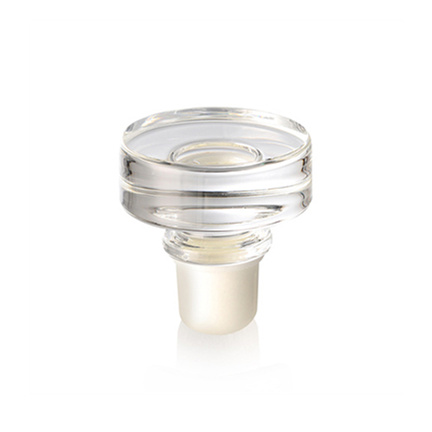
Using glass for whiskey bottle stoppers offers several benefits, including:
Airtight seal: Glass stoppers fit tightly into the neck of the bottle, creating an airtight seal that keeps oxygen out and preserves the quality and flavor of the whiskey.
Aesthetic appeal: Glass stoppers are often visually appealing and add a touch of elegance to the bottle. They are available in different shapes, sizes, and designs, making it easy to find a stopper that complements the style and design of the whiskey bottle.
Reusability: Glass stoppers can be reused multiple times and are easy to clean and sanitize.
However, there are also some drawbacks to using glass for whiskey bottle stoppers, such as:
Fragility: Glass is fragile and can break or chip easily if dropped or mishandled. This can be a significant drawback for whiskey bottles that are frequently opened and closed, increasing the risk of accidental breakage.
Cost: Glass stoppers can be more expensive than other types of stoppers, which can add to the overall cost of the whiskey bottle.
Limited availability: Glass stoppers may not be as widely available as other types of stoppers, making it more challenging to find a replacement if one is needed.
In summary, while glass stoppers offer several benefits, such as an airtight seal and aesthetic appeal, their fragility and potential for breakage should be considered before choosing this type of stopper for a whiskey bottle.
Zamak used for whiskey bottle stoppers

Zamak, also known as zinc alloy, is another material that is commonly used for whiskey bottle stoppers. Here are some benefits and drawbacks to consider when using zamak for whiskey bottle stoppers:
Benefits:
Durability: Zamak is a durable and strong material that can withstand wear and tear. It is less fragile than glass, which means that it can handle frequent use without breaking or chipping.
Customizability: Zamak stoppers can be customized and designed to fit the specific requirements of the bottle. This means that they can be tailored to the shape and size of the bottle, which can enhance the aesthetic appeal.
Affordability: Zamak stoppers are typically less expensive than glass stoppers, which can make them a more cost-effective option for whiskey bottle manufacturers.
Drawbacks:
Corrosion: Zamak can be prone to corrosion over time, which can affect its appearance and performance. This may not be a significant issue if the stopper is only used occasionally, but frequent use could accelerate the corrosion process.
Limited customization: While zamak stoppers can be customized, they may not offer the same level of design flexibility as glass stoppers. This could limit the ability to create unique and distinct stoppers that stand out on store shelves.
Weight: Zamak is a relatively heavy material, which could make the stopper heavier than other types of stoppers. This may not be a significant issue for some whiskey bottles, but it could be a factor for bottles that are designed to be lightweight.
In summary, zamak stoppers offer durability, customizability, and affordability, but they may be prone to corrosion and have limited customization options. Consider these factors when choosing a stopper material for your whiskey bottle.
Several other materials that can be used for whiskey bottle stoppers
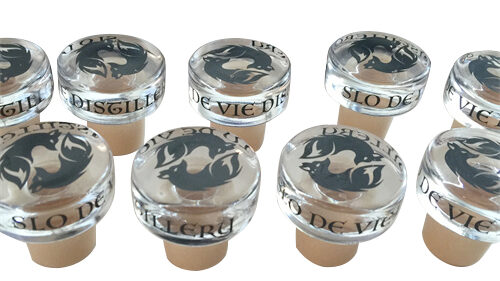
There are several other materials that can be used for whiskey bottle stoppers, including:
Silicone: Silicone stoppers are flexible and easy to insert and remove from the bottle. They can create an airtight seal to preserve the quality and flavor of the whiskey. They are also dishwasher safe, making them easy to clean.
Plastic: Plastic stoppers are lightweight and durable, making them ideal for frequent use. They are also available in a variety of colors and designs, allowing for customization to match the bottle’s design.
Crystal: Crystal stoppers offer an elegant and luxurious look and feel, making them ideal for high-end whiskey bottles. They can be customized with etched or engraved designs, adding to their appeal.
When choosing a material for whiskey bottle stoppers, it is essential to consider factors such as durability, functionality, and aesthetic appeal. Other materials that can be used for stoppers include cork, wood, metal, and synthetic materials. Each material has its own unique benefits and drawbacks, so it is important to carefully evaluate each option to determine the best fit for the whiskey bottle’s needs.
In conclusion, choosing the right material for whiskey bottle stoppers depends on several factors, including functionality, durability, and aesthetic appeal. Glass stoppers offer an airtight seal and elegant design but are fragile and can be expensive. Zamak stoppers are durable and customizable, but may be prone to corrosion and limited in design flexibility. Other materials like silicone, plastic, and crystal also offer unique benefits and drawbacks that should be considered when choosing the best stopper for a whiskey bottle. Ultimately, selecting the right material for whiskey bottle stoppers is an important decision that can impact the quality and appeal of the product.

